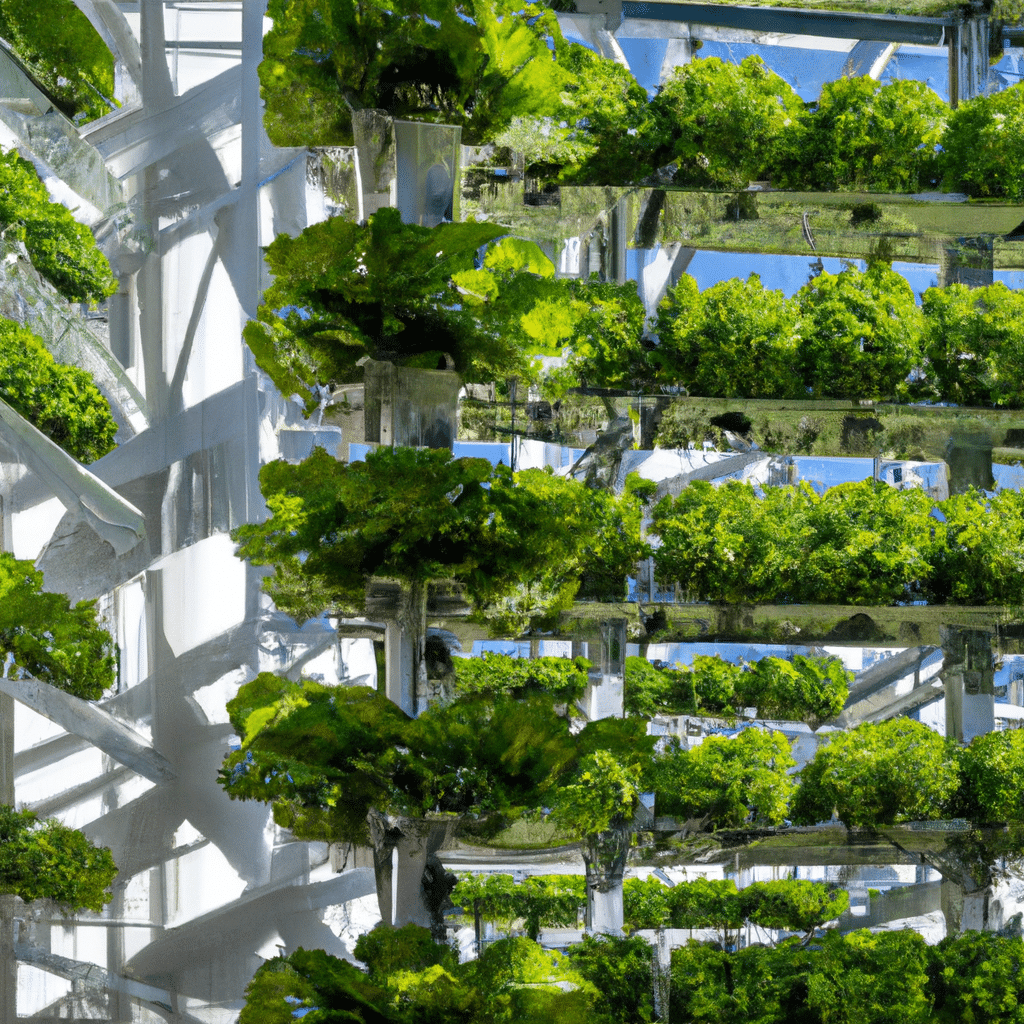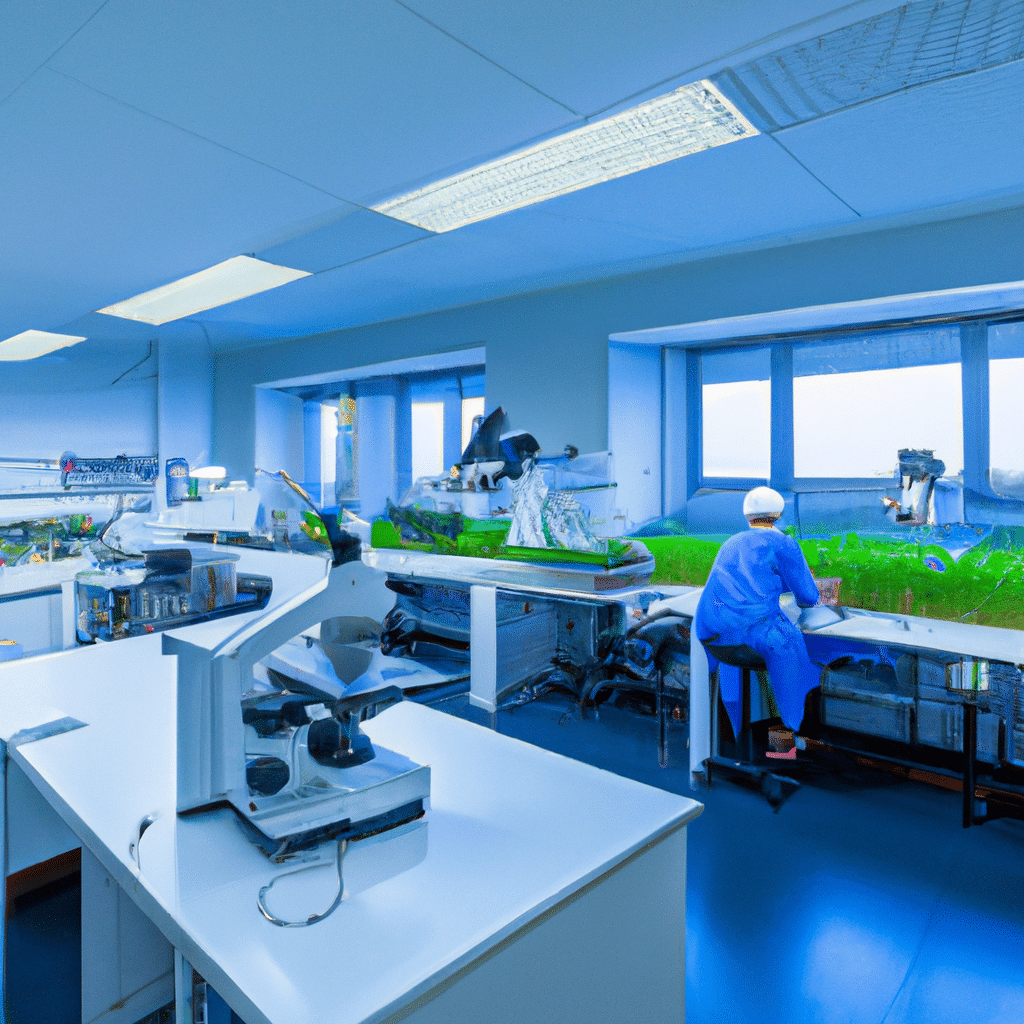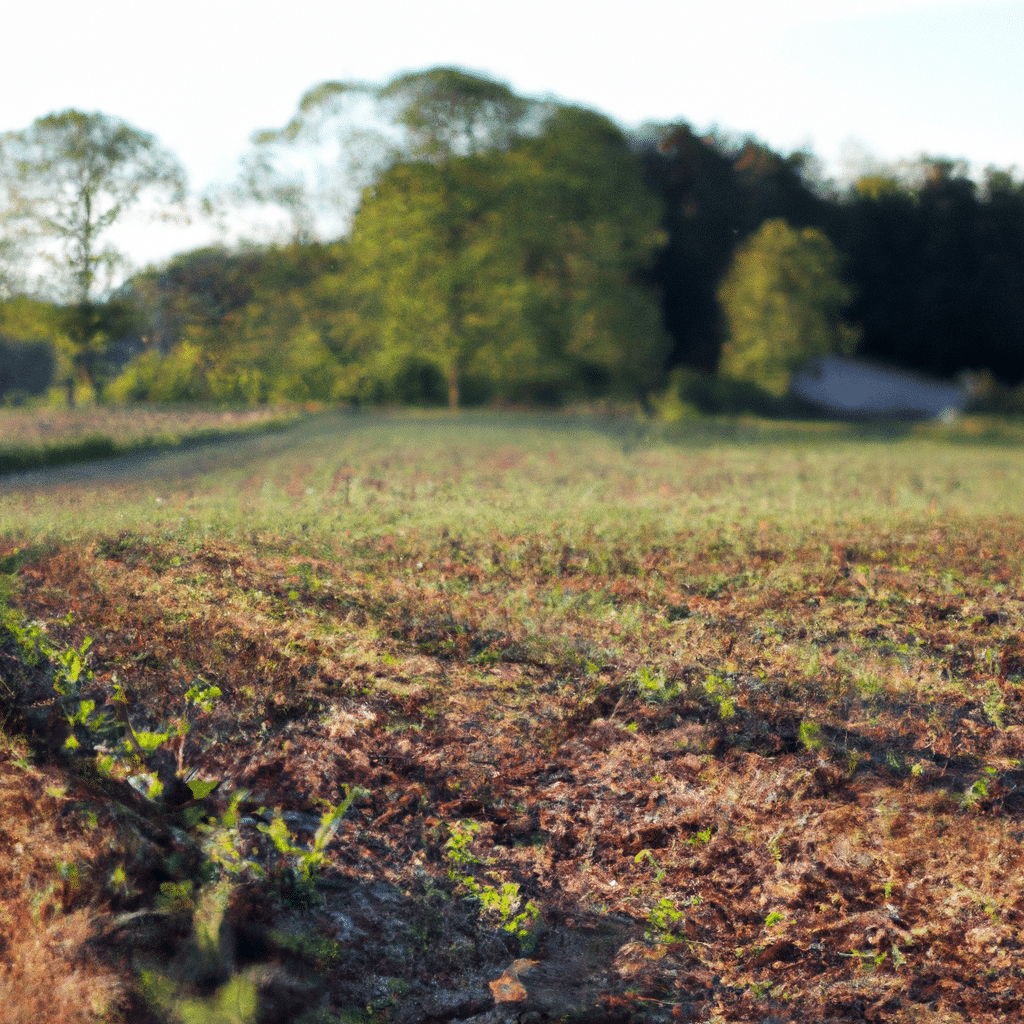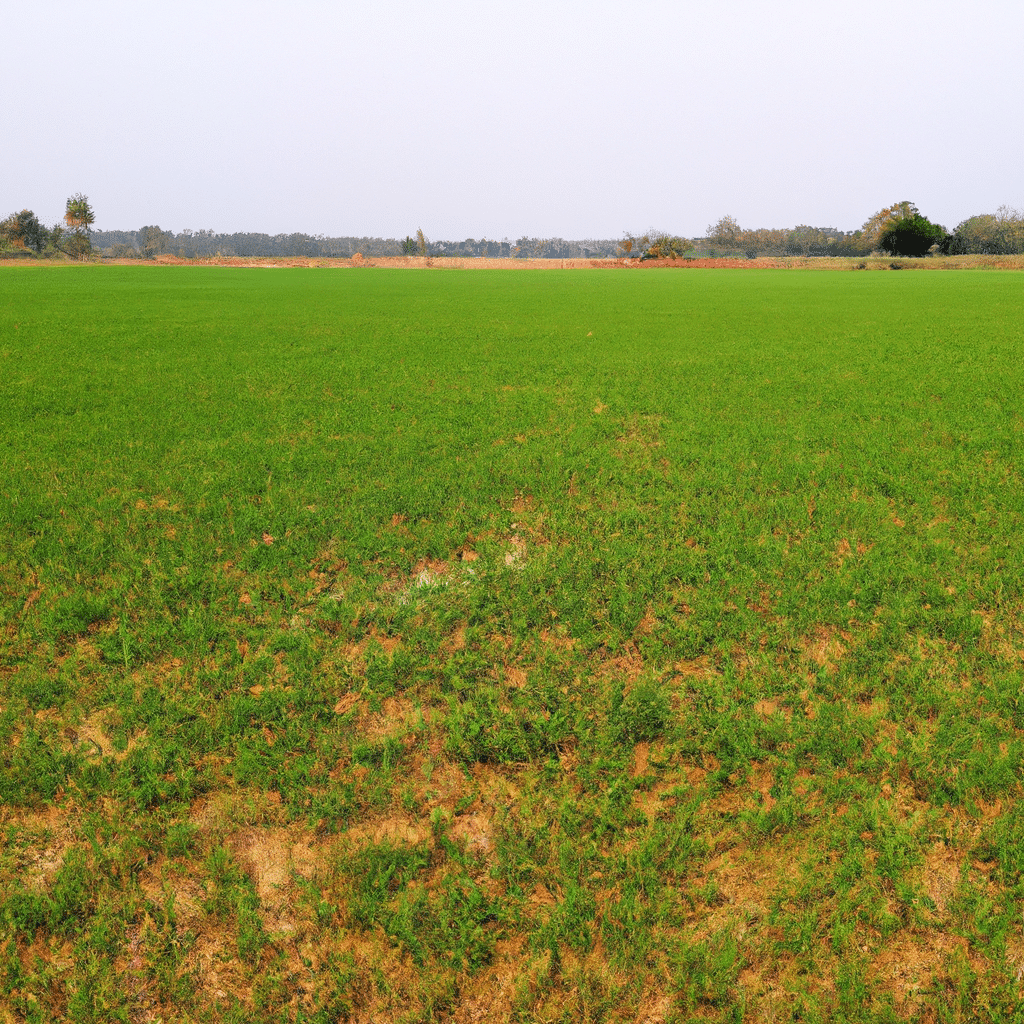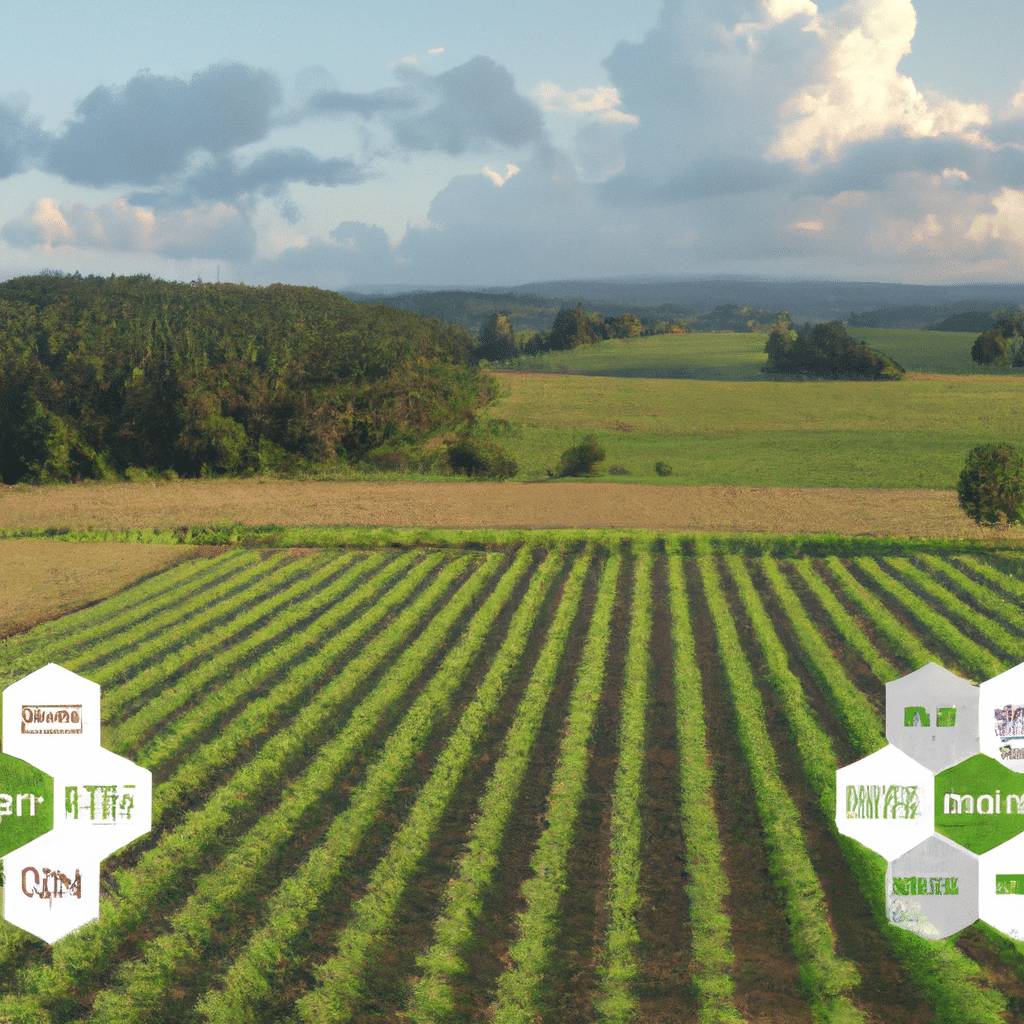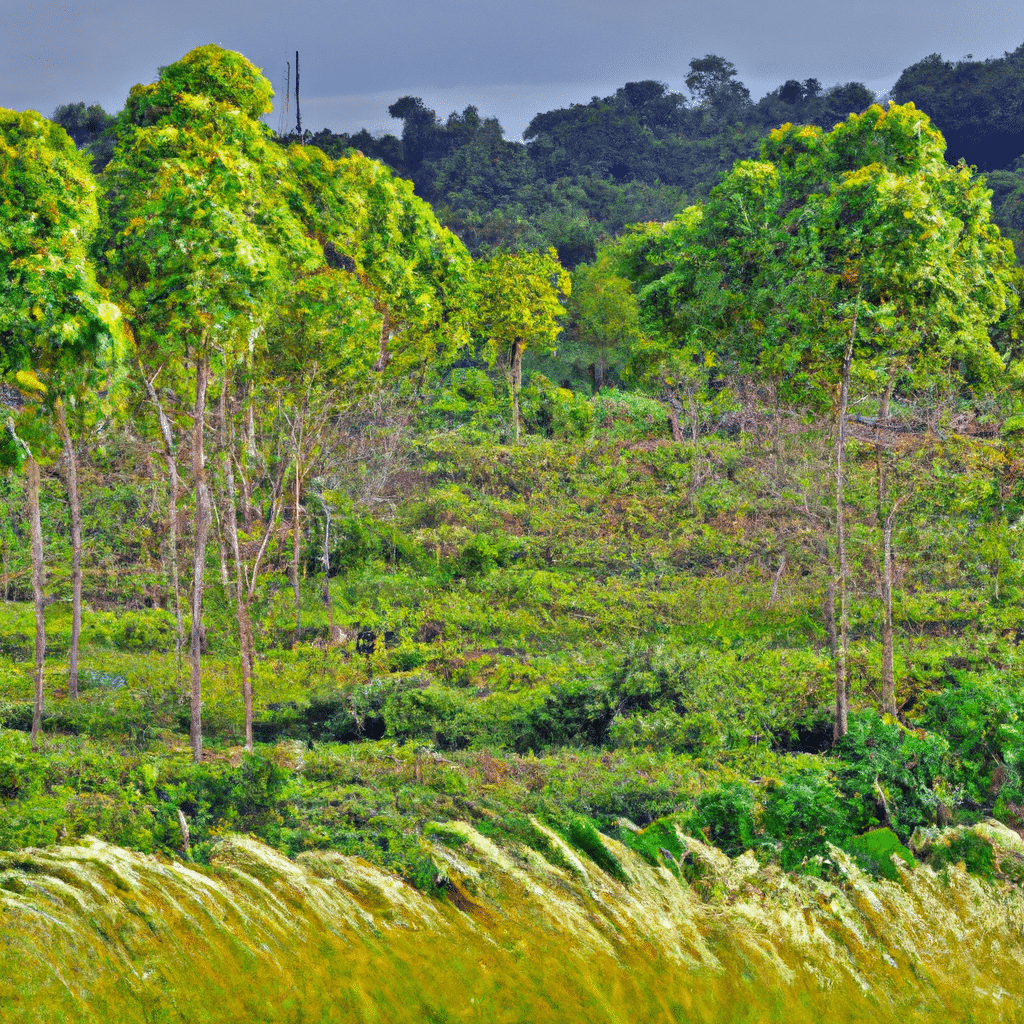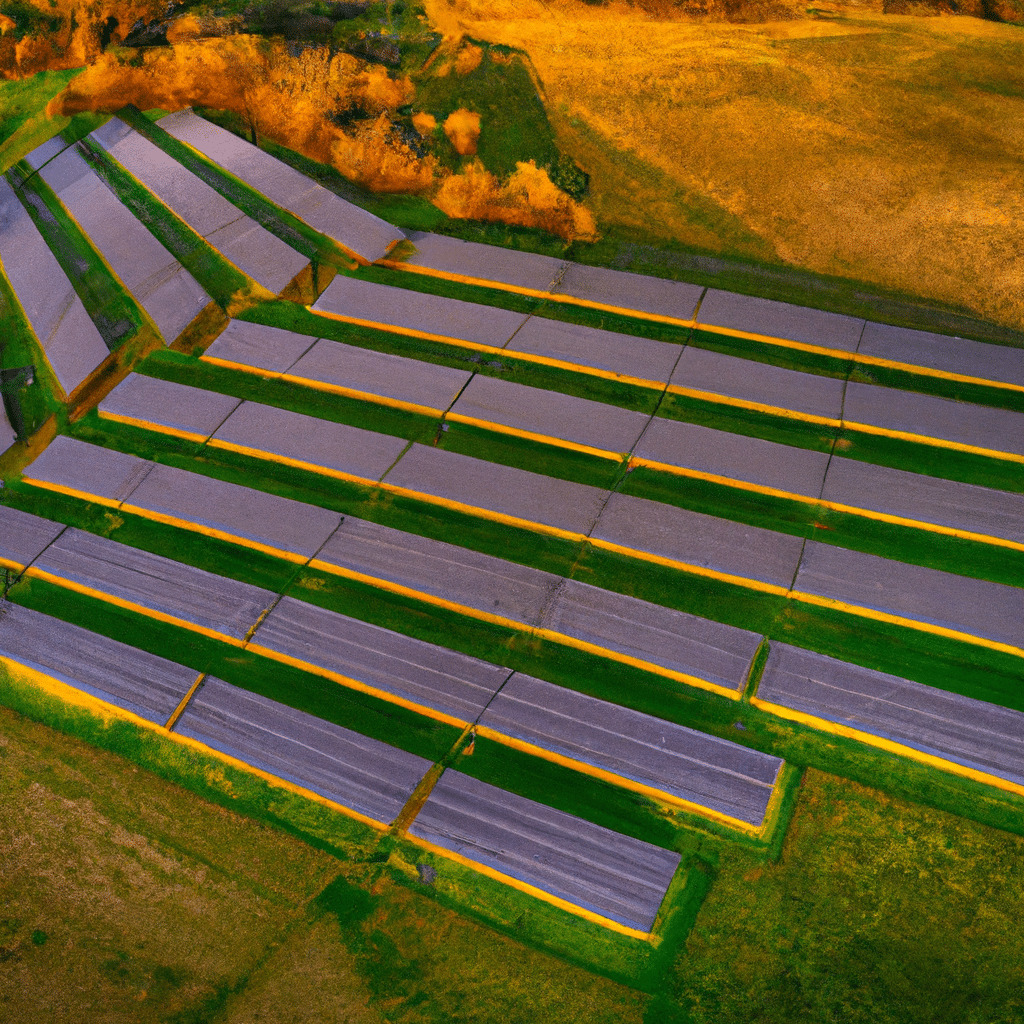In recent years, the agricultural landscape has undergone significant transformations due to the impacts of climate change. As global temperatures rise, extreme weather events become more frequent, and natural resources become increasingly scarce, farmers and innovators are compelled to find new ways to ensure food security while mitigating the environmental impact of agriculture. This article dives deep into the various innovations and technologies that are revolutionizing the agricultural sector in response to climate change, paving the way for a more sustainable and resilient future.
The Rise of Climate-Smart Agriculture
Understanding Climate-Smart Agriculture
Climate-smart agriculture (CSA) is an approach that aims to address the challenges posed by climate change while increasing productivity and improving livelihoods in the agricultural sector. It encompasses a range of practices, technologies, and strategies that enhance resilience, reduce greenhouse gas emissions, and optimize resource use. By adopting CSA principles, farmers can adapt to the changing climate, minimize their environmental footprint, and contribute to global efforts to combat climate change.
Conservation Agriculture: Minimizing Soil Degradation
One of the key pillars of climate-smart agriculture is conservation agriculture. This approach focuses on preserving soil health and fertility, as well as minimizing erosion and degradation. Conservation agriculture techniques include minimum tillage, crop rotation, and the use of cover crops. By reducing soil disturbance, farmers can enhance carbon sequestration, improve water infiltration, and maintain the overall health of the soil ecosystem.
Precision Farming: Optimizing Resource Use
Precision farming, also known as precision agriculture, involves the use of advanced technologies to optimize the use of resources such as water, fertilizers, and pesticides. Through the integration of sensors, GPS, and data analytics, farmers can precisely monitor and manage their crops, resulting in increased efficiency and reduced environmental impact. Precision farming techniques include variable rate application, automated irrigation systems, and real-time monitoring of crop health. These innovations not only minimize resource waste but also contribute to higher yields and improved crop quality.
Harnessing Renewable Energy in Agriculture
Solar Power: A Game Changer
The increasing availability and affordability of solar power have revolutionized the way agriculture is powered. Solar panels can be installed on farms to generate clean and renewable energy, reducing reliance on fossil fuels. This not only reduces greenhouse gas emissions but also lowers energy costs for farmers. Solar-powered irrigation systems, for instance, provide a sustainable solution for water management in areas with limited access to electricity, enhancing farmers’ resilience to climate change.
Biogas: Turning Waste into Energy
Another innovative use of renewable energy in agriculture is the production of biogas. Biogas is generated through the anaerobic digestion of organic waste, such as crop residues and animal manure. This process not only helps to manage waste effectively but also produces a valuable source of clean energy. By harnessing biogas, farmers can power their operations, reducing their carbon footprint and contributing to a circular economy.
Climate-Resilient Crop Varieties and Breeding
Developing Climate-Resilient Crops
As climate change brings about new challenges to crop production, plant breeders are developing climate-resilient crop varieties. These varieties are specifically bred to withstand the stresses associated with changing climatic conditions, such as drought, heatwaves, and pest infestations. Through advanced breeding techniques and the incorporation of desirable traits, such as heat tolerance and water-use efficiency, farmers can cultivate crops that are more resilient and productive in the face of climate change.
Genetic Modification: Addressing Agricultural Challenges
Genetic modification (GM) technology has also played a role in developing climate-resilient crops. By introducing specific genes into crop plants, scientists have been able to enhance their resistance to pests, diseases, and environmental stressors. For example, GM crops can be engineered to produce their own insecticides, reducing the need for chemical pesticides. While controversial, GM technology has the potential to address some of the major challenges faced by agriculture in the context of climate change.
Conclusion
Climate change has undoubtedly posed significant challenges to the agricultural sector. However, it has also sparked a wave of innovations and technological advancements aimed at revolutionizing the way we produce food. From climate-smart agriculture practices and precision farming techniques to the harnessing of renewable energy and the development of climate-resilient crop varieties, these innovations are reshaping the agricultural landscape. By embracing these changes and prioritizing sustainability, we can ensure food security for future generations while mitigating the impacts of climate change. As we continue to face the realities of a changing climate, it is imperative that we support and promote these transformative innovations in agriculture. Together, we can build a more resilient and sustainable future.



